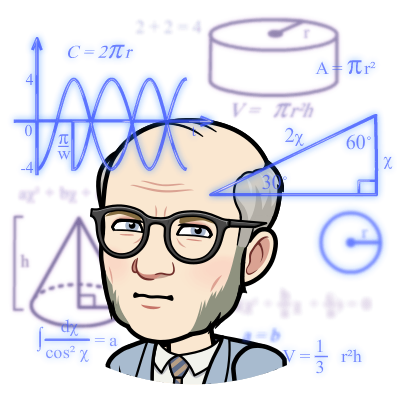The Hari Seldon Trader model applied in its original version (=variant 2) is using 3x leveraged ETFs, based on Nasdaq Index ($TQQQ) and on S&P ($UPRO).
 In this is the way an investor can achieve impressive annual yields (52.7% during the last 49 years) and manageable drawdowns (maximum 54.6% during the same period).
In this is the way an investor can achieve impressive annual yields (52.7% during the last 49 years) and manageable drawdowns (maximum 54.6% during the same period).
Still, a -54.6% drawdown i something that few people can bear. Also, this is the worst condistion shown in the past, but in future can it happen again, or can it happen worse?
How can we apply the HST model facing smaller and much more manageable drawdowns?
There are two simple ways:
1. using non leveraged ETFs instead of leveraged ones, or
2. invest only 1/3 of the capital and leave the 2/3 cash. Then consider the changes of the total amount.
How would the HST model perform with no leverage?
- if we apply the following ETFs $QQQ/$SPY/CASH to the HST signals, instead of the leveraged ones, the annual yield achieved during 1971-2019 is still an amazing 17.2% (much better than Buy & Hold of the Nasdaq or the S&P)
It means that the capital has doubled every 5 years, on average
- a maximum drawdown of -22.3% from the previous top, happened on October 1998, is the worst conditon happened in 49 years
Easy to find out that the model has been capable to avoid the big drops and crashes happened during bear markets or financial crisis.
See this article: one can apply HST model in 5 different variants, according to risk profile.
https://hariseldontrader.joomla.com/index.php/tips-and-tricks-for-investors-blog-2/26-five-variants
Most popular variants are
- Variant 2 (with 3x ETFs as $TQQQ / $UPRO / CASH)
- Variant 5 (with 1x ETFs as $QQQ / $SPY / CASH)

